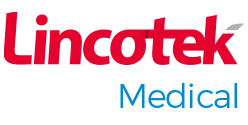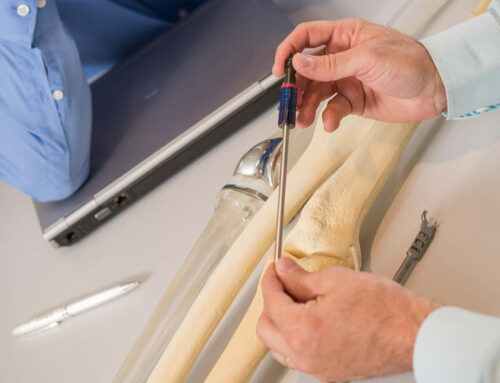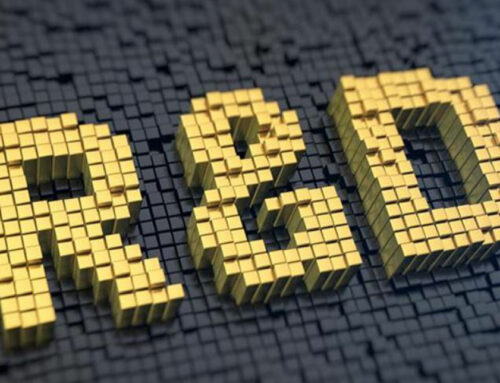Francesco Robotti, Scientific Marketing Manager at Lincotek Medical (former Eurocoating) discusses opportunities for the development of novel spinal implants.
9 September 2019
Lincotek (former UnitedCoatings Group) has supported original equipment manufacturers (OEMs) who are active in the development of new devices for the management of spinal disease for many years. As many know, such devices, and their surgical application, need to respect certain constraints, which brings with it specific challenges. Size matters, for example, which forces solutions to be tight in tolerance while exhibiting viable performances in just a few square millimeters. Maintaining X-ray visibility or radiolucency is another factor that is important to address.
One popular demand is to improve PEEK biomaterial osseointegration potential. Although PEEK exhibits radiolucency and elastic modulus suitable for many applications it falls in to the bioinert material category. As a result, we have developed specific thermal spray coating processes that operate at low temperature (Spondycoat®) to combine well-adherent titanium grip-porous surfaces while respecting the chemical and physical characteristics of the bulk substrate polymer and maintain original X-ray visibility.
Considering another possible application, we are experienced at putting titanium coatings on to spinal disk prostheses. Most of the bulk materials eligible for wear applications are not optimal for direct bone integration, but the unique combination of a titanium coating and desired substrate provides a viable solution. This not only helps the spinal devices to respect complex geometrical features but also support the specific loading conditions required.
Over the years we have developed market-leading treatments for titanium surfaces that may help osseointegration in different situations. One example is 3Dgrowth®, an electrochemical treatment that is able to produce a specific type of titanium oxide that then helps with bone anchorage. The same surface can also be enriched with doping elements to prevent bacterial adhesion on the desired feature. Furthermore, pedicle screws can be treated with an hydroxyapatite (HA) coating to improve early stability of the spinal implant and help promote osseointegration in biologically challenging situations.
Metal 3D printing is fast becoming established as a key technology for producing several spine devices. With today’s technology it is possible to release parts that have very complex geometry and, at the same time, be partially or completely porous. Such light and hollow design with optimized porosity is intended to favor both osseointegration and limit any impact on X-ray visibility. The extreme flexibility that additive manufacturing affords our OEM customers enables the economic, small series production of a unique part number. Indeed, it is possible to combine tens of different part numbers, differentiated both by geometry or simply because of their sizes, in one production run.
Years of experience and honing our manufacturing skills in the novel approach of Metal 3D printing is matched by our longstanding capabilities in traditional post processing, such as machining, cleaning, and applying a color oxide for easy size identification. To be able to balance the manufacturing flow such that different technologies can run simultaneously while maintaining excellent efficiency, and all at a low cost, is anything but trivial.
With the technologies available, the combination of manufacturing step sequences are numberless and opens up a green field for innovation for both OEMs and technology vendors. We believe our unique capability to offer our customers a simplified, one-stop shop approach across many technologies is a key advantage to keep their delivery times within acceptable framework. Working with a one-stop shop provider will likely prove even more valuable next year when the new European Medical Device Regulation enters into full force, potentially increasing the hurdles that will need to be overcome before devices can be clearance for free market use. Our longstanding expertise in understanding and advising on regulatory affairs at the vendor level is of essential importance. Not only does it mean that we can help manage device development within a reasonable time to market, but also it means that we can support our customers with post market surveillance requirements.
We look forward to discussing our capabilities with existing and new customers at the following upcoming meetings: the North American Spine Society (NASS) annual meeting in Chicago, September 25–28 (booth #2020) and EUROSPINE in Helsinki, October 16-18 (booth #19B). If you are attending either of these meetings, do please come and visit us.
Learn more about our one-stop shop solutions.







